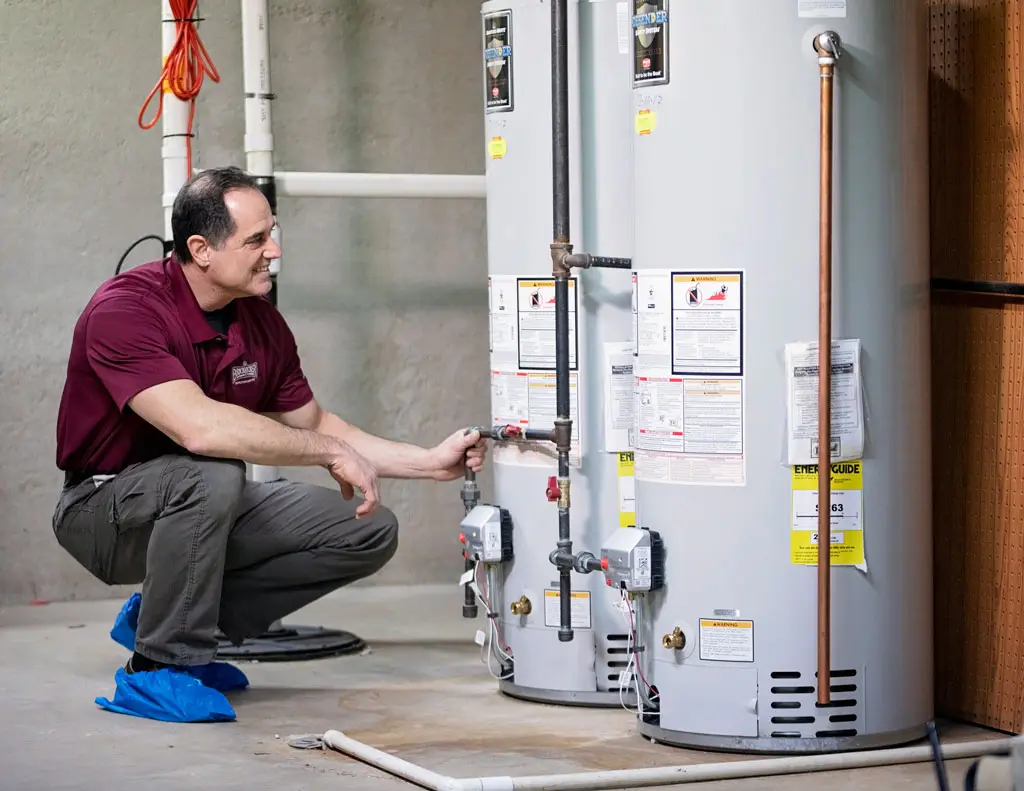What is a Septic System?
Sewage waste from most homes is managed through centralized sewage treatment plants but home septic systems are also very common, and not just in rural areas. Let’s dig into what is a septic system, how does a septic system work, and more to help keep your system performing properly.
How Does a Septic System Work?
If you’ve never owned one before, you may be unsure of how a septic system works. A septic system is comprised of the septic tank and a drain field. The septic tank allows wastewater to settle into three levels; sludge, liquid (known as effluent), and scum (grease and oils). Once settled, the effluent level is allowed to drain through perforated pipes buried underground into the drain field. The sludge and scum remain in the tank and need to be pumped out on a regular basis that is determined by the size of the home, size of the tank, and the number of people living in the home.
A septic system inspection should be included in your home inspection checklist.

How are Septic Systems Inspected?
In addition to understanding how a septic system works, being aware of the septic system inspection process will help you prepare for your home inspection or ask questions during system repairs.
First, get to know your system. What is the size of your tank? Where are the tank and drain field located? How old is your system and when was it last inspected? Keep track of these details to help maintain efficiency.
Inspectors use the following steps to perform a home septic tank inspection:
- –Flush all the toilets and run all the water in the house to assess water pressure and drainage.
- –Ensure there is no standing water at any point.
- –Check the tank’s water level, determining whether or not water in the house is flowing properly to the tank. The inspector may use a dye to help determine how much water enters the septic tank.
- –Pump the septic tank to check for any backflow, ruling out any system blockages.
Septic System Tips
If you purchase a house with a septic system it is important to be mindful of the following:
- –Use the toilet and sinks for human waste and toilet paper only. Avoid flushing anything that will not break down into organic material. Garbage disposals are not recommended if you are on a septic system.
- –Get to know your system. What is the size of your tank? Where are the tank and drain field located? How old is your system and when was it last inspected?
- –Be aware of your water usage, especially during the rainy season to avoid overwhelming your drain field. Reduce your water usage and save energy at home by using low-flow showerheads and fixing leaks immediately upon discovery.
- –Have your tank checked by a certified professional every 3-5 years. It is more cost-effective to inspect, pump, and maintain a septic system than it is to make repairs to a neglected system.
Signs of septic system failure include:
- –Foul odors around the septic tank and drain field
- –Wastewater back up in your house
- –Liquid seepage in your basement or around the septic system
- –Grass that is greener and mushy ground around the drain field
Septic System Services
If you are purchasing a home with a septic system and are interested in an inspection or repair, ask your Realtor for a referral for a local contractor that they know and trust. The BrickKicker would also be happy to connect to you our network of trusted contractors, so contact us today! We’re here to help you ensure your new home is safe and sound.
